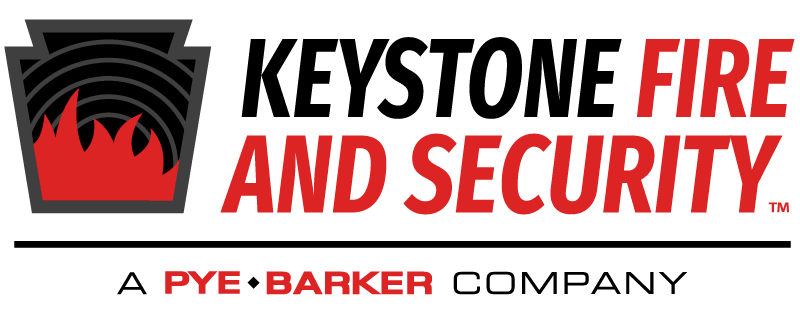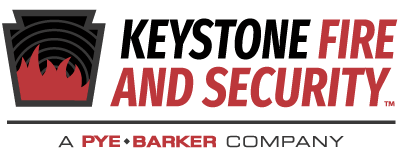When you think of October, several things come to mind; it’s a change of weather, falling leaves, Halloween and Breast Cancer Awareness month. Lesser known, but equally vital, is Fire Prevention Month. For this month, we are going to take a deep dive on fire protection in places visited by most people on a regular basis: restaurants.

Why are fire suppression systems used in restaurants?
Restaurants use fire suppression systems instead of fire sprinkler systems for a few reasons. Fire sprinkler systems largely use water to put out fires. These systems discharge the water at fixed temperatures using technology that’s reliable and time tested for its efficiency. Water cannot, however, extinguish a grease fire. Therefore, restaurants use fire suppression systems in their kitchens. Fire suppression systems typically use chemicals, gases, or foam agents to suppress a fire. Fire suppression systems also cause less damage to the property than fire sprinkler systems in the event of a fire emergency. In the case of a restaurant or any establishment with an industrial kitchen, these risks are high with extreme heat and open flames. This makes a fire suppression system a viable option for many restaurants.

What are the different types of fire suppression systems for restaurants?
Here are 3 types of fire suppression systems that could help protect your restaurant:
Clean Agent Systems – These are clean and odorless without residue. A huge plus is that the discharged gas used to smother the fire is safe for humans and does not damage your valuable assets. Even better, there is no mess to cleanup, allowing your restaurant to get back up and running in no time. This is ideal for tight budgets and limited space.
Industrial Dry Chemical – This is a custom tailored solution for industrial processes. It should be considered for dipping, quenching and paint spraying, chemical storage, and fume hoods. It’s a heavy duty system for areas with high heat, risk of grease fires, or open flames.
Carbon Dioxide (C02) Systems – This is a natural gas and a very effective fire extinguishing agent. It leaves no residue and is generally effective for Class A, B & C type hazards. This would be best in areas that have non-occupied flammable gas, liquid storage, vaults, open pits, dip tanks, printing presses, ducts, generators, paint spray booths and engine rooms. These are very cost effective systems, as well.
The key is planning and mapping out the needs of your locations to determine if one or more fire suppression systems are right for you.

Best practices for fire suppression system maintenance, testing, and inspection
Ideally, these services should be left to the professionals. An untrained employee could cause malfunctions leading to bigger headaches. You should have the company that installs the system conduct tests and inspect for any maintenance issues. The Nation Fire Prevention Association (NFPA) states you should have inspections 4 times a year. You can trust Marco Protection Systems LLC to install, maintain, and test the best fire suppression system for your restaurant. In honor of fire prevention month, Marco can help you take the proper steps to keep 911 out of your life and restaurant.

